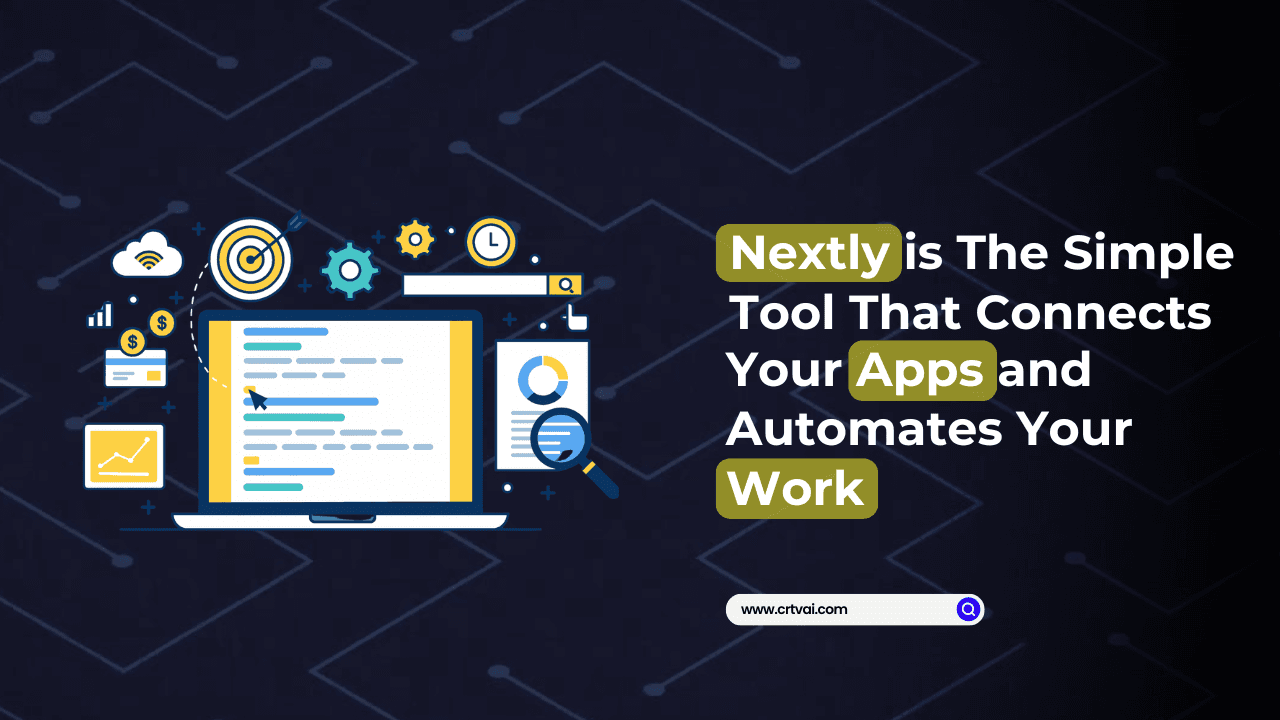
A new version of OpenAI’s AI model just dropped and it’s not just smart, it’s visually brilliant.
The recently released GPT-4o (the “o” stands for “omni”) includes a powerful new image generation feature, and the internet is already feeling the effects. Social media is now flooded with ultra-detailed, stylized AI art that blurs the line between real design and machine-made magic.
What Makes GPT-4o’s Image Generator Special?
Unlike most AI image tools, GPT-4o takes a completely new approach. Instead of using “diffusion” (the standard method for AI art like MidJourney or Stable Diffusion), GPT-4o builds each image pixel-by-pixel, just like it generates text.
This creates images that are:
Text-perfect: For the first time, AI can generate designs with actual readable, usable text.
Character-consistent: Artists can generate the same character in multiple poses or settings a huge win for storytelling and branding.
Style-flexible: Want anime, 3D, comic book, or photorealism? It can do it all fast.
Transparency-aware: It even handles transparent backgrounds and elements correctly, which is rare in AI tools.
The Creative World Reacts
Designers, marketers, content creators everyone’s taking notice.
For solo creators and small teams, this tool means fewer hours in design software, and more output with less effort. Infographics, comic strips, posters, thumbnails, and concept art can now be AI-assisted or even AI-led.
But it’s not all applause. Critics argue that the explosion of AI art is overwhelming real human creativity, and it’s hard to tell what’s made by a person anymore.
Every Image Has a Hidden Mark
GPT-4o images come with an invisible C2PA watermark, which stores data like:
Who created the image
What AI tool was used
Whether it was edited
This aims to fight misinformation and image misuse. But it also raises concerns about privacy and creative freedom, especially as big platforms like YouTube and Steam now require creators to disclose if AI was used.
What This Means for Your Business
AI-generated visuals are no longer "nice-to-haves." They’re quickly becoming standard tools in design, advertising, and content creation.
Your creative team could save hours or even days per project. But it’s also time to set clear policies on disclosure, authenticity, and brand alignment.
The design world just changed and it’s not going back.
You might also like

ByteDance to Spend $23 Billion on AI Infrastructure in 2026
ByteDance is planning a major increase in AI spending, investing $23 billion in 2026 to build data centers, buy AI chips, and strengthen its artificial intelligence systems.

Alphabet to Buy Intersect for $4.75 Billion to Support AI Growth
Alphabet is set to buy Intersect for $4.75 billion to strengthen its AI projects. This deal gives Alphabet control over clean energy and data centers, supporting future AI growth.

Nextly is The Simple Tool That Connects Your Apps and Automates Your Work
Nextly helps you connect all your favorite apps and automate repetitive tasks. Save hours every week, simplify workflows, and boost productivity no coding needed.
Enjoy this article?
Subscribe to our newsletter to get more insights on technology, design, and the future of digital innovation.
CRTVAI
Unlock AI's full potential with expert insights from leading software innovators. Subscribe for exclusive content on ChatGPT integration, custom development solutions, and transformative technologies that deliver measurable business results.
Popular Posts

10 Software Design Patterns Made Simple: A Guide for New Programmers

Google Gemini 2.5 Pro and China’s AI Boom Are Rewriting the Rules of the AI Race

Why Everyone in MENA is Talking About Evalia AI for Call Centers
